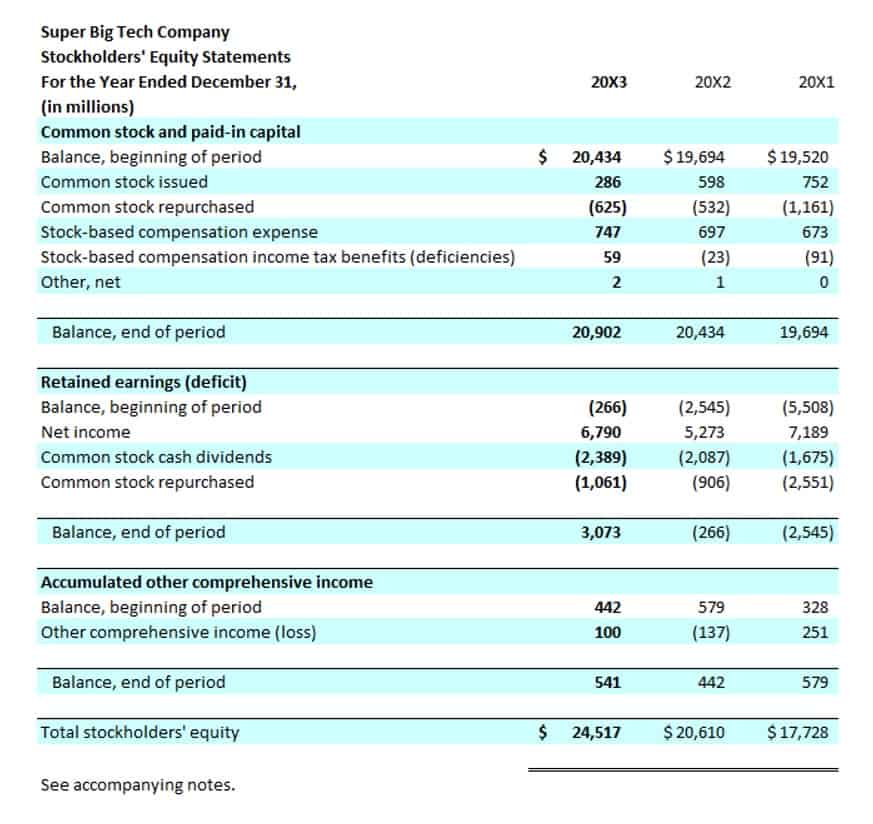Cash disbursements journal explanation, format and example

Including detailed information in each entry enhances your understanding of cash outflows. A business would record discounts made to buyers and customers like it records the discounts received. Similarly, what does a cash disbursement journal track it will record inventory returns and damages paid to its customers in the cash receipt book as reversal entries. A cash receipt journal is a chronological record of the cash receipts of a business.
What is a Cash Disbursements Journal?

It is important to understand that if any cash is paid, even if it relates only to a part of a larger transaction, then the entire transaction is entered into the cash disbursements journal. A cash disbursement is a payment that a business makes with cash or a cash equivalent. Cash disbursement payments show how much money is flowing out of a business. You can compare your company’s disbursements to the money coming into your business to determine whether you have a positive or negative cash flow. And when you have cash expenses, you should record them in a cash disbursement journal. This is a very simplistic example but would show how transactions are recorded.
- Your cash disbursement journal is a record of all of your business’s outflowing cash.
- Consider the following example for a better understanding of how entries in a cash disbursement journal are made and how the posting to accounts payable subsidiary ledger and general ledger is performed.
- At the period end two checks are carried out to prove the information has been correctly transferred to the ledgers.
- As a business owner or accountant, keeping track of cash disbursements is essential for maintaining accurate financial records.
Posting entries from cash disbursements journal to ledger accounts
When recording your disbursement journal, pull information from purchase receipts, checkbook stubs, or invoices. Purchasing inventory or office supplies, paying out dividends, or making business loan payments with cash or cash equivalents are examples of disbursements. Each of these columns is then added up at the end of the journaling period to arrive at a total sum.

What is a cash payment journal?
On a regular (daily) basis, the line items in the cash disbursement journal are used to update the subsidiary ledgers. Normally most cash payments are to suppliers for credit purchases and the subsidiary ledger updated is the accounts payable ledger. In the above example, 550 is posted to the ledger account of supplier A, and 350 to supplier C. When posting to the accounts payable ledger, a reference to the relevant page of the journal would be included.
Ask Any Financial Question
Production costs represent expenses incurred in manufacturing, including raw materials, labor, and overhead costs. Cash disbursements for production costs impact the cash account and are recorded in the cash disbursement journal as part of operating expenses. The transaction details, account types, and other details recorded on a cash receipt journal are also similar to the disbursement journal. Both of these journals would use the same subsidiary and general ledger control accounts.
Subscribe to our newsletter for the latest accounting insights and updates
It is part of the cash book of a business and compliments the cash receipt journal. The first transaction, the company disbursed cash of $ 5,000 to purchase the assets which is the inventory. The journal entry is debiting inventory of $ 5,000 and credit cash on hand $ 5,000. The company uses a cash disbursement journal as the supporting document to process payments and record them into the accounting system. Accountant will prepare the journal which is attached with purchasing document and other original documents.
What information should you include?
- Some payment methods are seen as more secure than others, so they’re used when transferring large sums of money.
- Each of these columns is then added up at the end of the journaling period to arrive at a total sum.
- The transaction will decrease the company cash and decrease the liability as well.
- Keeping track of cash disbursements is crucial to managing cash flow effectively and ensuring that a business can meet its financial obligations on time.
- Each transaction should be recorded with a transaction reference number, date, type, account used, payee name, and so on.
- The journal is used to save time, avoid cluttering the general ledger with too much detail, and to allow for segregation of duties.
Whether it’s a month, a quarter, or a year, this structured approach to journaling keeps everything spick and span. It’s not just about documenting transactions – it’s about painting a clear picture of your cash flow journey. It’s all about keeping tabs on those precious funds, ensuring they’re in the right place at the right time. Effective cash management is the pillar of financial stability, from monitoring cash flows to optimizing reserves. Creating a cash disbursement journal can be tailored to suit your needs, allowing for simplicity or complexity depending on your preferences.
Fact Checked

Thus, the entries are entered sequentially into the cash payment journal as they occur. Creating any type of accounting journal can be as simple or complex as you want you to make it. The more details you add to each payment journal entry, the better understanding you’ll have of your cash outflows.
- Cash disbursement payments show how much money is flowing out of a business.
- A business would transfer account balances from a cash journal to subsidiary ledgers and then the general ledger.
- These accounts can include Bank Accounts, Credit Card accounts, etc.
- On a monthly basis, these journals are reconciled with general ledger accounts, which are then used to create financial statements for regular accounting periods.
- These payments would also include cash payments through checks and electronic funds transfers.
- Purchasing inventory or office supplies, paying out dividends, or making business loan payments with cash or cash equivalents are examples of disbursements.
Want More Helpful Articles About Running a Business?

In some businesses, the cash disbursements journal is combined with the cash receipts journal and is referred to as the cash book. Special journals, such as the cash disbursement journal, streamline the recording process for specific types of transactions. For the purpose of tracking the company’s financial outflows, the cash disbursement log has a number of columns. A cash disbursement journal is crucial for keeping track of all cash payments going out of your business. Regularly updating and reviewing this report helps maintain accurate financial records, essential for understanding your business’s financial health, budgeting, and auditing.
It’s not just about marking calendars – it’s about keeping financial records accurate and current. This notebook can be used by management to track not just how much cash has been spent but also what it has been used for. To put it another way, management can review the cash disbursements log to determine what proportion of cash is going toward inventory vs other bill-paying expenses. Like a payment journal, a receipt journal would also work as a source document. Balances on a cash receipt journal can be carried forward to subsidiary ledgers and eventually to the general ledger accounts. Many businesses using automated bookkeeping systems do not create this form separately.



